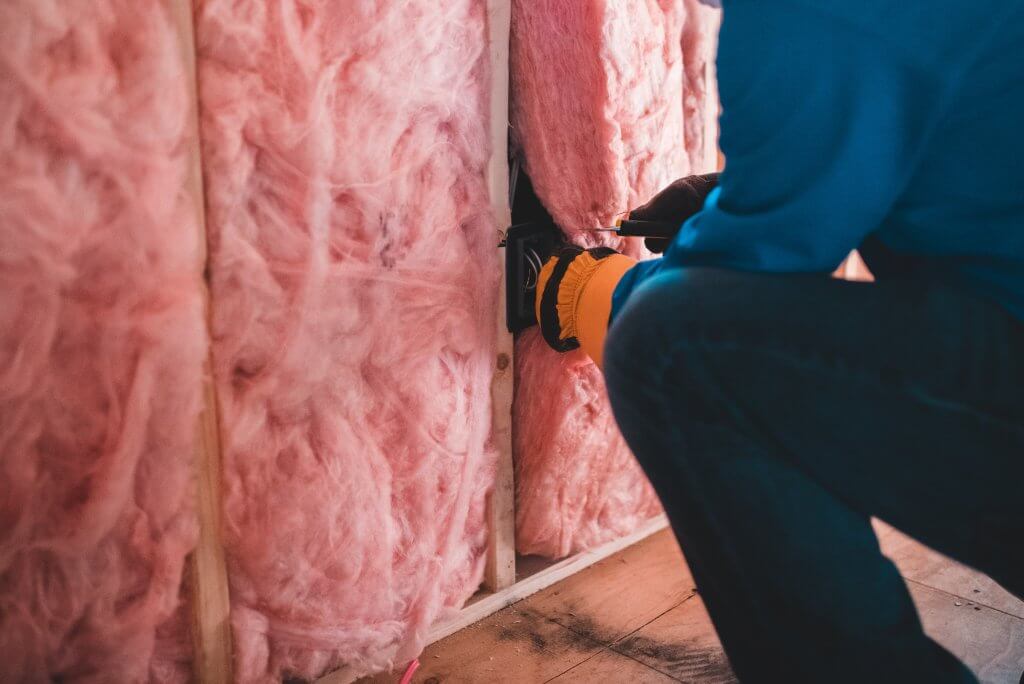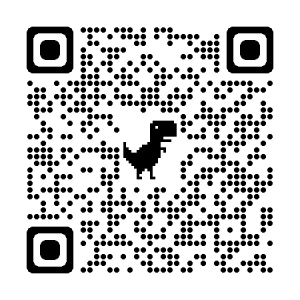
Home Insulation: How Much Does It Cost?
With energy prices on the rise, it’s more important than ever to ensure your proper home insulation to keep the heat in and the cold out. Let’s take a look at the types of home insulation available in Australia, and how much they cost for either a renovation or remodelling.
Different types of home insulation
- Batts and blankets. This is the most common type of insulation and is made from fibreglass or rock wool. It comes in rolls or batts, and can be installed in the ceiling, walls, and underfloor. Batts and blankets are easy to install, relatively inexpensive, and can provide good thermal resistance, defined in R Value, with R7 the most effective.
- Loose-fill insulation. This is made from cellulose or fibreglass, and is blown into the ceiling and walls. It’s a good option if your home has hard-to-reach areas or irregular spaces, and can be a more cost-effective option than batts and blankets.
- Reflective insulation. This type of insulation is typically made from foil-faced polyethylene or another reflective material. It’s installed in the ceiling and walls, and works by reflecting radiant heat. Reflective insulation is a good option if you live in a hot climate, as it can help keep your home cooler in the summer.
- Rigid insulation. A rigid foam board made from polystyrene or polyisocyanurate. It’s installed in the walls and roof, and is a good option if you’re looking for high thermal resistance. Rigid insulation may be more expensive than other types of insulation, but the tradeoff is better energy savings in the long run.
Cost of home insulation
So, how much does home insulation cost in Australia? The cost will depend on a number of factors, including the type of insulation, the size of your home, and whether you’re renovating or remodelling.
If you’re renovating, the cost of insulation will be lower, as you won’t need to remove any existing materials. The cost of batts and blankets, for example, can range from $1.50 to $3.50 per square metre, while loose-fill insulation can cost between $6 and $10 per square metre.
If you’re remodelling the place, the cost of insulation will be higher because all existing materials have to be stripped before installing new insulation. The cost of batts and blankets for a remodelling job can range from $10 to $18 per square metre, while loose-fill insulation can cost between $20 and $25 per square metre.
Reflective insulation is a little more expensive, with prices ranging from $15 to $40 per square metre, while rigid insulation can cost between $30 and $50 per square metre.
Your location
Your property’s location within Australia and even the parts of the home where the insulation will be set up drives the final quote of the project up. The team at PriceWise Insulation postulated that for properties in warm climes such as the greater Brisbane area, you could be spending $4,000 to insulate a 100-sqm ceiling with R4 batts; batts of R1-3 will be possible for warmer locations like Far North Queensland and most of WA. R6 and R7 batts will be optimum for colder climates like the Granite Belt.
For locations in the home, the team at ServiceSeeking stated that insulation jobs for a roof and timber floor may crack $6,000, but if you want to tackle thermal insulation for the floorboards for example, you might be quoted in the neighbourhood of $5,000. You’re looking at upwards of $3,200 if you only intend to strip the roofing insulation and install fresh batts.
Tradies
If you’re not sure which type of insulation is right for you, it’s a good idea to consult with a professional for them to assess your home and make recommendations.
If you are hiring a licensed insulation contractor for the project, the labour costs will be another factor to assess. According to Service.com.au, insulation specialists will charge between $40 to $150 per hour, and the fee varies with the experience. Novice insulation personnel may set fees at no more than $45 for each crewmember per hour, but they may take longer to complete the job. At the far end of the scale, the most experienced insulation contractor may be able to finish the job well within schedule and of sublime quality, but their quote for each crewmember could be north of $80.
Home insulation: A smart investment
It’s worth noting that while insulation can be an upfront investment, it can also provide significant long-term savings on your energy bills. In fact, the government’s Your Home estimates that installing insulation can save homeowners up to 45 percent on their heating and cooling costs.
Home insulation is a smart investment that can provide significant long-term savings on your energy bills. There are a number of different types of insulation available in Australia, each with its own pros and cons. When deciding which type of insulation to use, consider factors such as cost, effectiveness, placement, and the skill of the contractor setting them all up. The best insulation job you can afford will have an ample return of investment in the long run.
A finance app like UBOMI may work by factoring the costs of your insulation project. If you are looking to have the project carried out sometime in the foreseeable future, say two weeks down the road, the app’s UBUDGET system will help you with managing your weekly income and current bank balances to figure out how much money you can shell out.
If you liked our “Home Insulation: How Much Does It Cost?” and find it useful, check our blogs regularly for more information to get updates on UBOMI’s budget app and expense tracker.
DISCLAIMER: The above article is for informational purposes only. UBOMI has no relationships with any company or organisation mentioned in the article.




